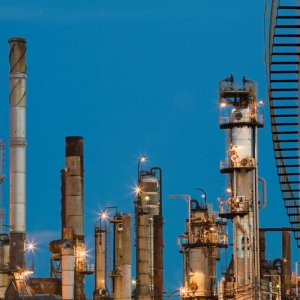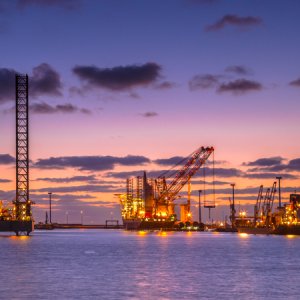Investing Below the Radar

STORY INLINE POST
Q: What principal capabilities is United Pipeline de México developing? A: Our business has two components. On the one hand, United is a specialty service provider with a robust proprietary corrosion protection platform coupled with infrastructure construction and rehabilitation services. On the other hand, we have an investment vehicle called Miller Infrastructure Group where we identify opportunities that address market inefficiencies that take advantage of Mexico’s Energy Reform, opportunities where we are in a prime position to leverage our technology and expertise.
An example of one of these opportunities is a project we secured in partnership with Artha Capital and Arendal, where we invested US$34 million in rehabilitating a pipeline system that had been written off. The pipeline system was in an extreme state of deterioration and the options for our customer were limited in terms of time and money. By connecting the dots between our technology platform and our customer needs, we were able to bring these strategic assets back to life in record time and in a cost-effective manner, yielding a compelling combination from a financial standpoint. Our customer was financially constrained and disincorporating this asset would have been complicated and time consuming. By developing a 25-year Rehabilitate-Operate-Transfer project structure, we were able to reach an agreement and provide the services our customer required within the project’s constraints. With this infrastructure, we will provide our customer with CO2 transport services for the next 25 years where the CO2 is used as feedstock for a fertilizer plant. At the end of the contractual period, the assets will be transferred back to the customer. From the customer’s perspective, we converted a CAPEX problem into an OPEX item that is well within their cost structure. We solved the customer’s CO2 transport needs in a technically and financially viable manner faster than any other option available in the market without requiring an upfront investment on their part.To put things in context, we started the rehabilitation process on the 30km twin-pipeline system last summer and less than a year later the infrastructure is operational. This would have been impossible to achieve through other means considering the right-of-way challenges through swamps, rivers and populated areas. This project spearheaded our pipeline rehabilitation strategy by breathing new life to decommissioned infrastructure in a fast, safe and cost-effective manner. Having the financial horsepower to go after these opportunities and connecting the dots between market inefficiencies and our technology is a formula that will continue to make a difference in our future strategy.
Q: What opportunities are you seeking in Mexico as investors? A: Opportunities in the Mexican energy market run deep and wide; the market has become a type of modern era gold-rush. The Energy Reform opened up major opportunities in every facet of the market and there are many spaces in which one can participate and innovate. Nonetheless, not everything that shines is gold. There is the obvious sausage in a dog-pen type opportunity with a low barrier to entry attracting a high level of competition, such as fuel terminals and some distributed power solutions. There are other market spaces that are not so obvious. These are below-the-radar opportunities that are difficult to identify but are more compelling from a value standpoint. With more than 25 years of experience in Mexico, we have good insight into where there is room for improvement in everything from logistics to the upstream, midstream and downstream markets. Below-the-radar market inefficiencies are where we see value and opportunity.
Q: What is your opinion of the general condition of pipelines in Mexico?
A: The general standards have dramatically improved in the past decade. Companies like IEnova, TransCanada and Fermaca have raised the bar in terms of quality, time to market, safety and construction methods. A challenge that will have to be resolved is the growing problem of fuel theft. In the mid and long terms, the industry will have to do more to secure pipelines through technology, aerial patrolling and enforcement.
























